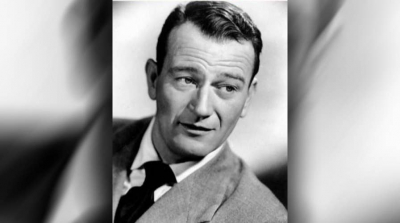Unraveling the Controversy: The Stalled Progress of the Almost-Completed Cycleway
Delving into the Disputes and Dilemmas Surrounding Urban Infrastructure
As the wheels of progress grind to a halt, a once-promising urban development project finds itself ensnared in a web of heated debates and unresolved conflicts. What began as an ambitious endeavor to enhance the city's infrastructure and promote sustainable transportation has now become a symbol of discord and frustration.
At the heart of the matter lies the almost-completed cycleway, a pivotal component in the city's efforts to prioritize cycling as a viable mode of transit. Stretching across bustling thoroughfares and weaving through vibrant neighborhoods, the cycleway was envisioned as a beacon of safety and accessibility for cyclists of all ages and abilities.
However, as construction nears its final stages, the project has hit a roadblock, leaving both proponents and opponents at odds over its fate. While some hail the cycleway as a long-awaited solution to urban congestion and environmental concerns, others decry it as a misguided use of public funds and a threat to existing infrastructure.
The crux of the controversy lies in competing visions of urban development and the allocation of resources. Advocates argue that investing in cycling infrastructure not only promotes health and sustainability but also fosters a sense of community and connectivity. They point to successful precedents in other cities where cycleways have revitalized neighborhoods and reduced reliance on cars.
Conversely, detractors raise concerns about the practicality and cost-effectiveness of the cycleway, questioning its potential impact on traffic flow and parking availability. Some residents and business owners fear that reallocating road space for cyclists will exacerbate congestion and hinder local commerce, leading to a decline in property values and economic activity.
Amidst these divergent perspectives, the fate of the almost-completed cycleway hangs in the balance, caught in a tug-of-war between progress and preservation. City officials find themselves grappling with difficult decisions, weighing the demands of various stakeholders while striving to uphold their commitment to sustainable urban development.
As arguments rage and tempers flare, one thing remains clear: the need for constructive dialogue and collaborative solutions to navigate the complexities of modern city planning. Only by bridging the gap between divergent interests and finding common ground can we hope to move forward and realize the full potential of our urban landscapes.
In the meantime, the fate of the almost-completed cycleway serves as a poignant reminder of the challenges inherent in reshaping our cities for the betterment of all. Whether it ultimately becomes a symbol of progress or a monument to discord, one thing is certain: the journey towards sustainable urbanization is far from over.
In the tumultuous landscape of urban development, the stalled progress of the almost-completed cycleway serves as a microcosm of the broader challenges and opportunities facing modern cities. As we stand at this crossroads, it is imperative that we reflect on the lessons learned and chart a course towards a more equitable and sustainable future.
First and foremost, the cycleway controversy underscores the importance of inclusive decision-making processes that engage all stakeholders. By fostering open dialogue and embracing diverse perspectives, cities can harness the collective wisdom of their communities to design infrastructure that meets the needs of all residents.
Furthermore, the cycleway saga highlights the interconnected nature of urban development, where seemingly isolated decisions can have far-reaching implications. As we strive to build resilient cities that can withstand the pressures of rapid urbanization and climate change, we must adopt a holistic approach that considers the social, economic, and environmental dimensions of development.
At its core, the debate over the cycleway is not just about transportation infrastructure; it is about the kind of cities we want to inhabit and the values we hold dear. By prioritizing investments in cycling infrastructure, cities can promote healthier, more livable communities while reducing carbon emissions and mitigating the impacts of climate change.
As we look to the future, let us not lose sight of the broader vision of urban sustainability and resilience. Whether the cycleway ultimately moves forward or remains mired in controversy, its legacy will endure as a reminder of the challenges and possibilities inherent in shaping the cities of tomorrow.
In the end, the path forward may be uncertain, but one thing is clear: by working together with creativity, compassion, and determination, we can overcome even the most daunting obstacles and build cities that are truly fit for the future.


